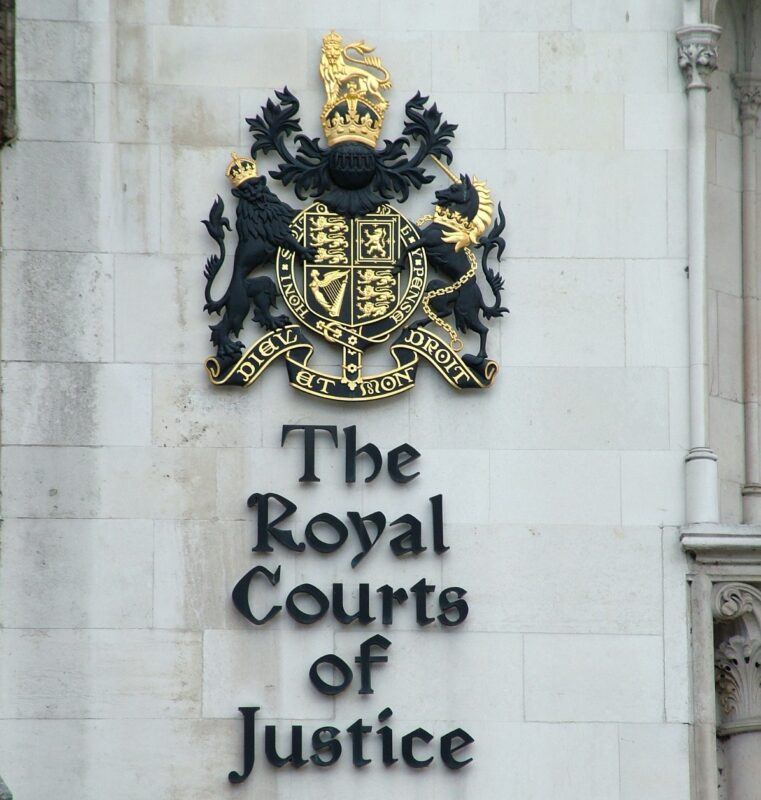
The National Audit Office’s (NAO) report into the Levy Control Framework (LCF) would have been considered “material evidence” in Solarcentury’s appeal against the premature closure of the Renewables Obligation, the company has claimed.
Last month the government watchdog published a report which found a series of failings had led to a much purported overspend within the LCF which the now-defunct Department of Energy and Climate Change (DECC) used to enact a litany of subsidy cuts, including early closure of the Renewables Obligation (RO).
Figures published within the report also demonstrated how greater than expected deployment of solar was responsible for just 6% of the overspend. This fact served to infuriate campaigners and those within the solar industry as government officials repeatedly pointed towards runaway solar deployment when estimates for LCF expenditure rose by £2 billion in a matter of months.
Earlier this year Solarcentury and Lark Energy failed in their appeal against a 2015 court decision which ruled in favour of DECC and its premature closure of the RO.
The companies had argued that by closing the scheme early, the government had acted retrospectively and without justification. The appeal was however dismissed by Lord Justice Floyd after lawyers on behalf of DECC successfully argued that its interpretation of the LCF as a budgetary mechanism justified the government’s actions.
Seb Berry, head of external affairs at Solarcentury, said:
“
“One issue has been nagging away at me ever since the recent publication of the NAO LCF report. What difference might proper LCF ‘transparency’ have made to the outcome of our 2015 Court case challenging the early closure of the solar RO?
“You’ll recall that the final judgment from the Court of Appeal was handed down only in March of this year. Throughout that case, the courts ruled that the LCF acted ‘as an all pervasive proviso or caveat’ on all other renewables policy, even justifying a ‘degree of retrospectivity’ in policy changes.
“Through 2015 and into 2016, DECC argued rather shamelessly that they had no choice but to go after solar, as that was the only way to deal with LCF ‘overspend’. Or in the infamous words of one official, “we’re cutting solar because we can cut solar”. Attempts by MPs such as Alan Whitehead to get a proper breakdown of LCF spending were continually rebuffed on the grounds of ‘commercial confidentiality’.
“The Appeal Court then decided that the government could lawfully apply the overall LCF funding cap in selective ways to cut off support to individual technologies whenever it chooses.
“Seven months on, the world now knows what we in the solar industry always knew. In the NAO’s words, the LCF lacked transparency, sudden changes to forecasts in 2015 were not explained adequately and investor confidence certainly suffered as a result.
“Solar accounted for just 6% of the LCF overspend. Of course the unnecessary policy damage to large-scale solar in the UK is now well and truly done, but hopefully the government will never again be allowed to get away with such wilful obfuscation in the future. Restoring investor confidence in the UK market depends upon it.”
While Solarcentury and Lark Energy are unable to appeal against the ruling made earlier this year, Solarcentury considers that if the parties had been able to prove the failings set out in the NAO’s report it would have represented a “very material bit of evidence”.
Meanwhile, the company has urged that the government learn from it’s the mistakes established in the NAO’s report to prevent further damage to investor confidence, a critical factor established by the government watchdog in its assessment.
The Department for Business, Energy and Industrial Strategy responded to the NAO report at the time by noting that it had made improvements to its data gathering and would be issuing a full response to the NAO in due course, however there has been no timeframe attached to it.
